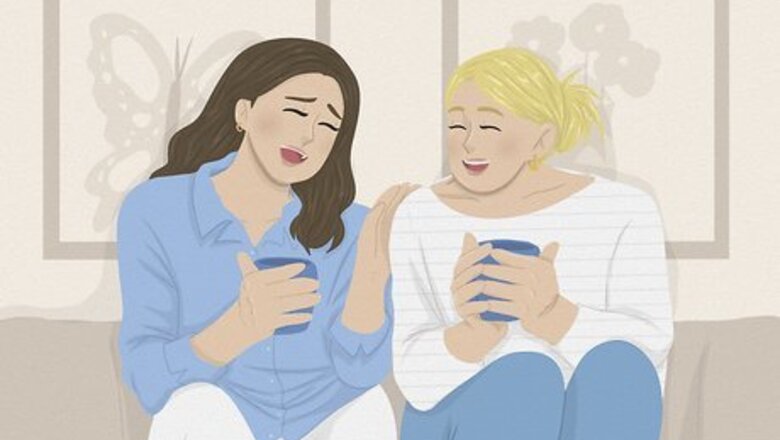
views
- A friendship dynamic is how you and a friend interact with one another.
- Friendship dynamics can be even (healthy) or uneven (unhealthy), and knowing which dynamic you have can help you better understand your relationships.
- Those with an even friendship dynamic are most likely true friends and are supportive, honest, and respectful of one another.
What are friendship dynamics?
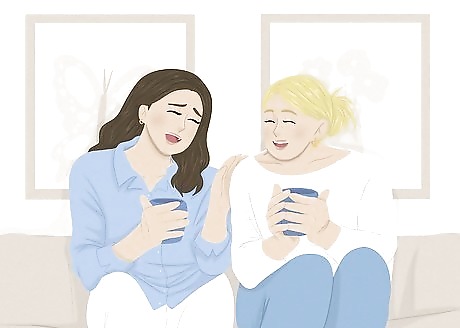
Friendship dynamics are how 2 friends interact and treat each other. Take a look at your friend circle. When it’s just you and one other friend hanging out, do you act differently? How your personality interacts with another signifies your social dynamic or relationship with a friend, otherwise known as a friendship dynamic. Think about people you know in these categories. Now, consider how you behave around them. For instance, if you’re outgoing and your bestie is more reserved, that’s a friendship dynamic. Friendship dynamics can be even or uneven. An even friendship dynamic is nurturing and supportive, whereas an uneven one can cause hostility, toxicity, and one-sidedness. Healthy friendship dynamics help you be the best version of yourself, allowing you to be comfortable in any social situation.
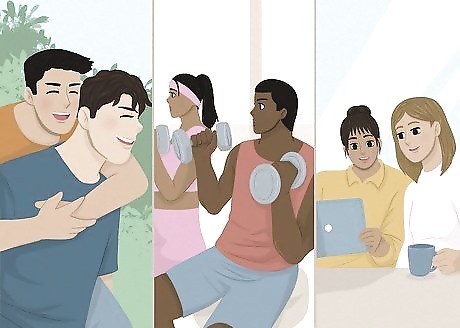
There are 7 common categories or types of friendships. Over the years, psychologists and behavioral specialists have discovered 7 types of friendships we need to thrive. These categories are separated by how close you are with a friend. You can have more than one friend in each category, and friends can bounce back and forth between types depending on your current connection. The 7 types are: Lifelong friends, or those you’ve known since birth. Best friends, or those who feel like a sibling more than a friend. Close friends, or those you can talk to about anything without judgment. Social group friends, or those you chat with but aren’t particularly close to. Activity friends, or those you engage with in specific activities, like a gym or shopping friend. Friends of convenience, or those you can ask a favor of, like carpooling pals or church circles. Acquaintances, or those you work or see every day but may not know much about them beyond their name or job title.
Signs of Uneven Friendship Dynamics
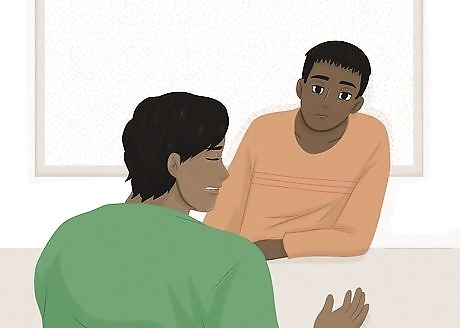
Emotional dumping If your friend constantly tells you all their problems without listening or acknowledging yours in return, you may be in a one-sided friendship. Emotional dumping is when someone unconsciously shares their feelings without regarding your emotions. It can make you feel unappreciated, stressed, or used. Set boundaries with your friend to avoid emotional dumping in the future. For instance, try saying something like, “Now isn’t a good time for me,” or “I understand you’re hurt, but I’m just not in the right headspace to listen at the moment.” Know that emotional dumping isn’t the same as venting, which is a mutual and helpful exchange of emotions between 2 people with active listening and supportive responses.
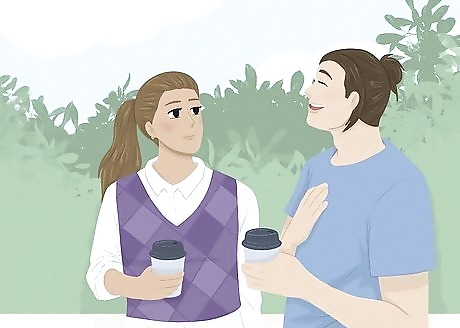
One-sided conversations A tell-tale sign of an uneven friendship dynamic is never being able to discuss yourself with your friend. Sure, it’s great to hear about their life, but you have things to say too! If they only talk about themselves and their problems, the relationship’s most likely imbalanced. Don’t be afraid to speak up and tell your friend exactly how you feel. Try not to overthink it. Say something like, “Hey, I feel like I’m not being heard lately. I love talking about you, but I’d like to tell you what’s happening in my life.” After all, if they’re a true friend, they’ll honor your request.
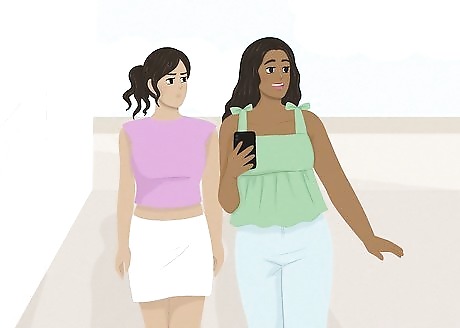
Resentment If you leave your friend feeling irritated or dissatisfied, it may be because the relationship is one-sided. This is often the case if you give a lot of emotional energy to the friendship but don’t feel the same in return. Overgiving puts you out, and an even friendship dynamic would help refuel your energy. Take a moment to evaluate why you feel dissatisfied in the relationship. What do you want more of? What do you need to feel supported by your friend? Then, address your wants and needs with them. Let them know that you feel emotionally drained and share what they can do to help. If resentment continues to build or things become passive-aggressive, it may be time to end the friendship.
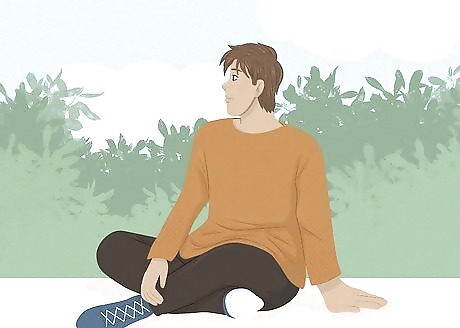
Feeling guilty or unsupported Chatting with a friend should help you feel supported and loved, not guilty. This can often lead you to over-apologize in an effort not to upset them. The relationship may not be healthy if you regularly feel small or at fault while talking to a friend. Take a moment to ask yourself these questions: Do I feel better after spending time with this person? Am I myself around this person? Do I feel secure and comfortable when I’m with them? Are they supportive, and am I respected? Is this a person I can trust? Is this a relationship that’s helping me? Are you giving as much as you’re receiving? If you answered “no” to more than 1 of these questions, it may be time to reevaluate the friendship.
What is a true friend?
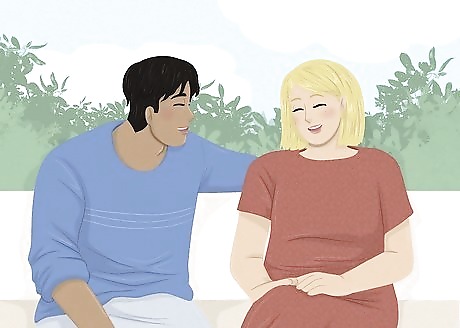
A true friend is someone who loves you unconditionally. This person makes your life better. They support your endeavors, feel comfortable around you, stay by your side when things get rough, and help you be a better version of yourself. This friend doesn’t expect anything in return for their love—they simply want to see you thrive. True friends can be blood-related or not. Your mom or the neighbor you’ve just met can be a true friend. Basically, you can find a true friend anywhere! Fostering and maintaining true friendships takes work, dedication, and commitment. Make time to hang out with them, don’t be afraid to show your flaws, and respect them.
The 7 Friends Theory
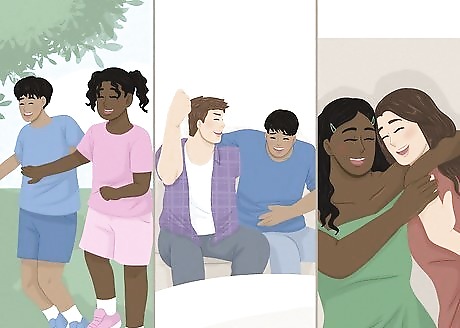
The TikTok trend “7 Friends Theory” supports small friend groups. According to this viral social media trend, a friend group only needs 7 friends to thrive. Each friend in the group offers a unique perspective, creating an even amount of friendship dynamics amongst the group. Based on the theory, you should have: A friend you’ve had since you were little. A friend that can make you laugh in any situation. A friend you can talk to like no time has passed. A friend you can say anything to. A friend that’s like a sister. A friend you can’t imagine not being friends with. A friend that knows about all your relationship problems. While this trend is fun to think about, it doesn’t mean you have to have only 7 friends—vibe with as few or as many people as you like! The 7 Friends Theory isn’t scientifically proven, so who’s to know if it’s legit or not.
Friendship Dynamics Creative Writing Prompts

If you’re a writer, friendship dynamics can help you build characters. How your characters interact and mingle with each other can be a big part of writing a story. Take a look at these common friendship tropes to see which dynamics match your characters best: The introvert and the extrovert Ex: Elsa and Anna from Frozen The competitive and the chill Ex: Amy and Rory from Doctor Who The dramatic and the shy Ex: Jennifer and Anita from Jennifer’s Body The social butterfly and the socially awkward Ex: Joey Tribbiani and Chandler Bing from Friends The sweetheart and the jerk Ex: Donkey and Shrek from Shrek The nerd and the jock Ex: Taylor McKessie and Chad Danforth from High School Musical The friendly and the reserved Ex: Damian and Janice from Mean Girls The goofy and the serious Ex: Pumbaa and Timon from The Lion King The loud and the quiet Ex: Miss Piggy and Kermit the Frog from The Muppets The book smart and the street smart Ex: Sam and Dean Winchester from Supernatural The childish and the mature Ex: Percy Jackson and Annabeth Chase from the Percy Jackson series The optimist and the pessimist and the realist Ex: Harry Potter, Ron Weasley, and Hermione Granger from the Harry Potter series




















Comments
0 comment